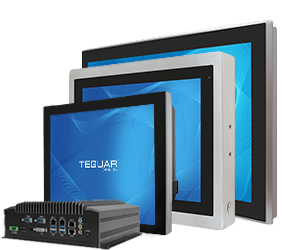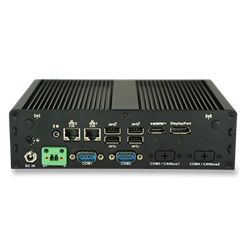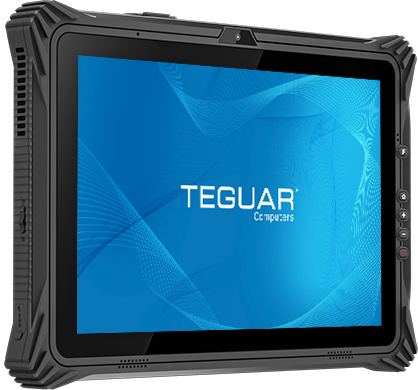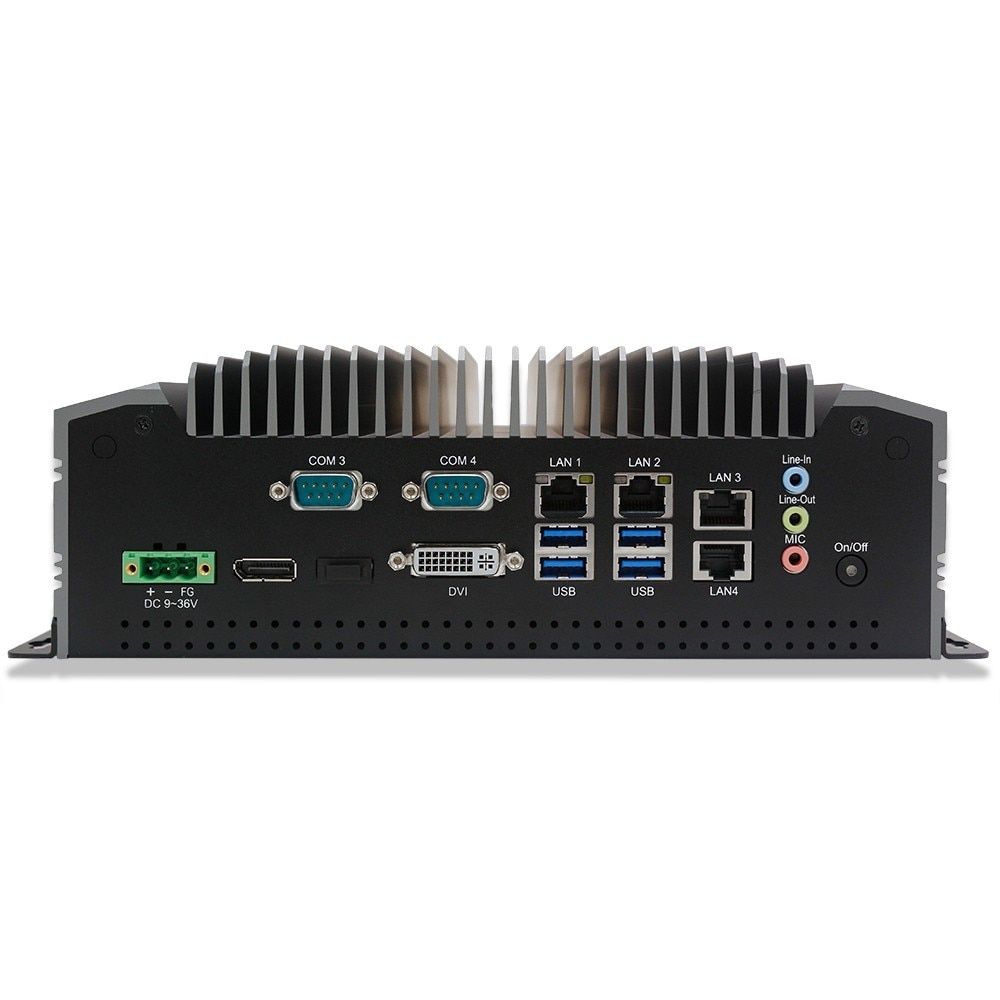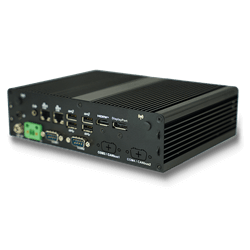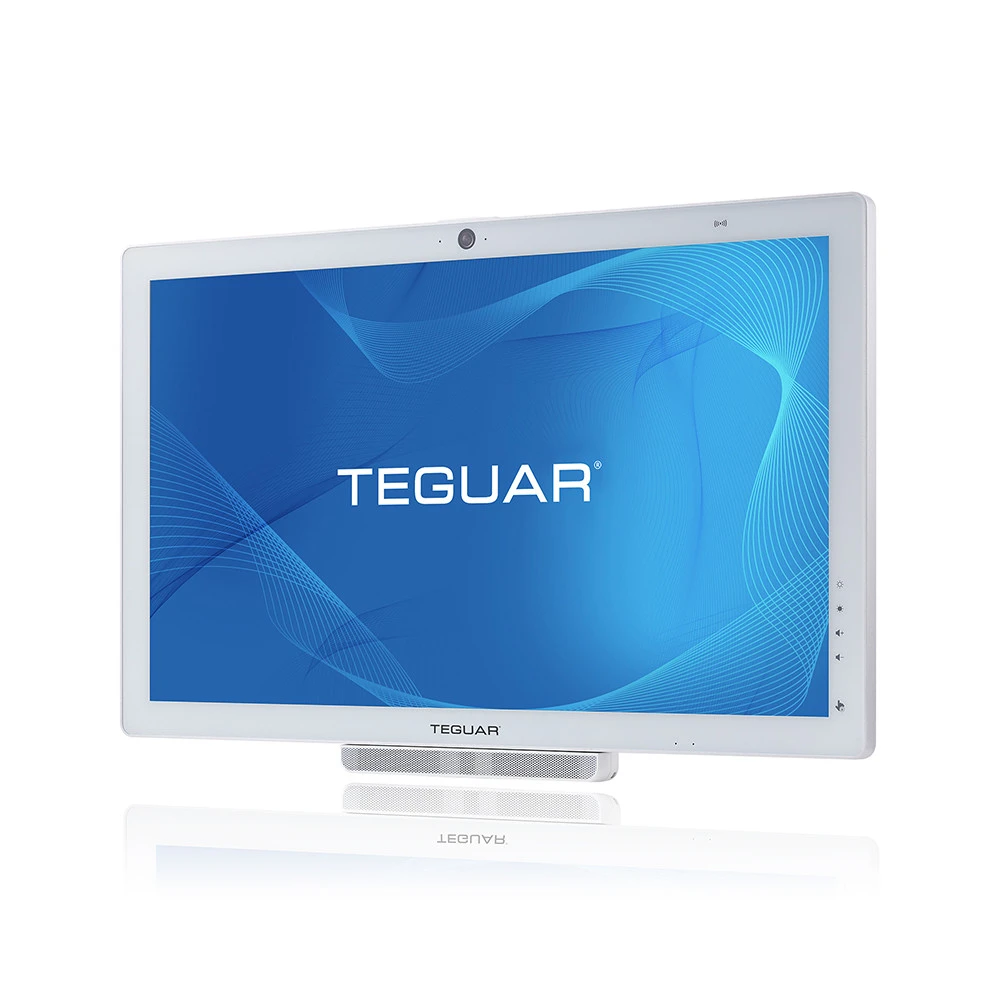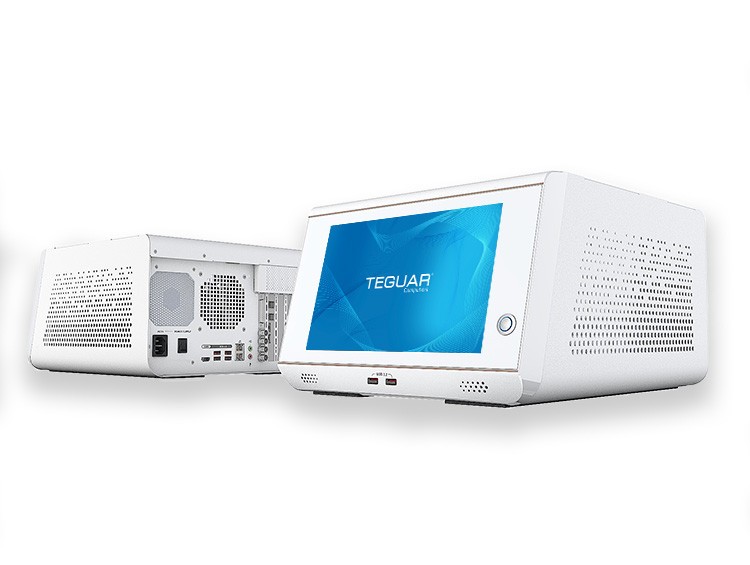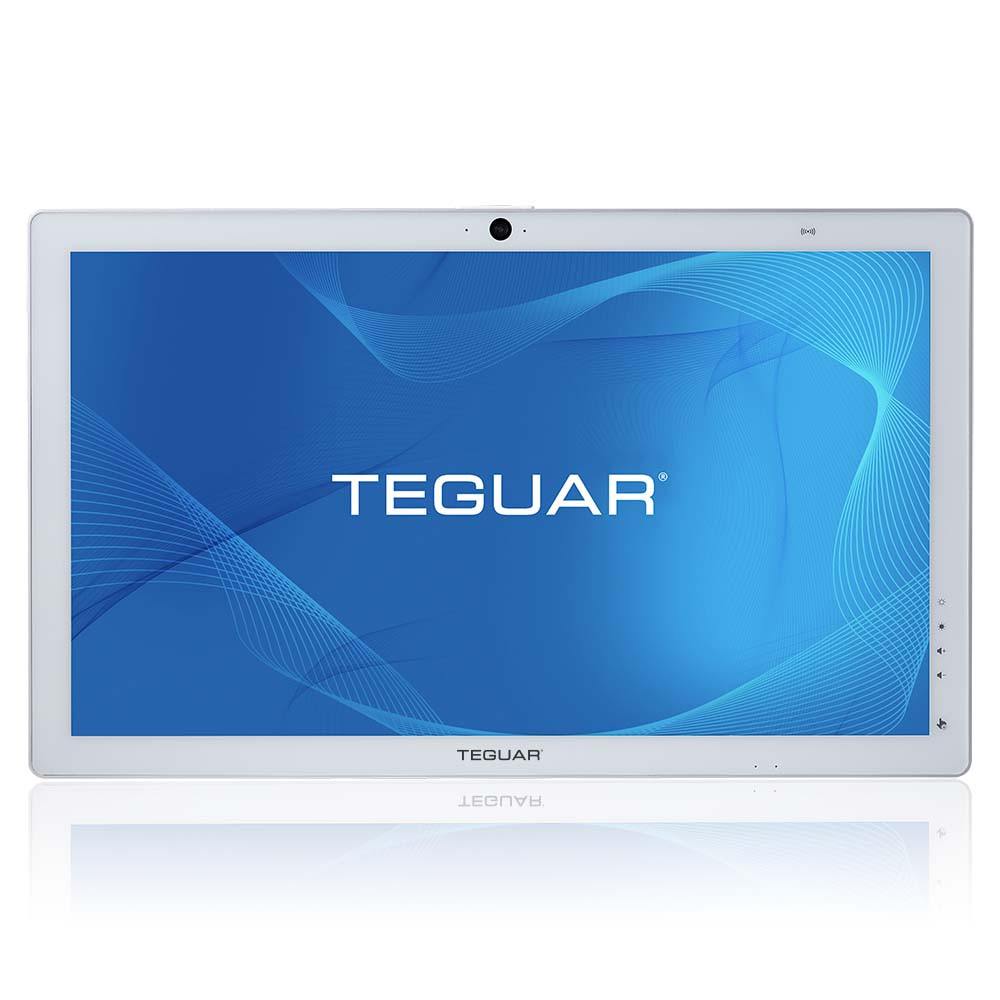Wireless Connectivity for Medical Computers
Wi-Fi
This is one of the most widely known wireless communication protocols used for home and business applications. WLAN (Wireless Local Area Network) or 802.11 are the other technical terms describing the same technology. Under the 802.11 protocol, frequencies and speeds have changed over the years and generally consumer grade devices utilize them on the market first. 802.11 Wi-Fi is categorized by (a/b/g/n/AC) which operate at different frequencies and have different bandwidth speeds. When selecting your medical computers be sure your existing WLAN access points are compatible with your new devices and be sure your network is up to date to meet any required bandwidth speeds.
Wi-Fi allows you to connect your medical tablet or any other medical computer wirelessly so you can browse the web, access the cloud, or connect to local network servers. In a healthcare environment, clinicians utilize Wi-Fi technology to access patient data in real time, assist in symptom diagnosis, and even provide patients with access to entertainment.
Bluetooth
 Bluetooth (BT) is another commonly used wireless technology for connecting devices within short distances and low bandwidth. BT technology has evolved to become more power efficient and secure, the latest BT standard is BT 5. Personal Area Network or PAN 802.15.1 is another technical term describing the technology. BT has different classes ranging from Class 1 to Class 4 that vary the output power giving you connectivity range from ~0.5 Meters to ~100 Meters.
Bluetooth (BT) is another commonly used wireless technology for connecting devices within short distances and low bandwidth. BT technology has evolved to become more power efficient and secure, the latest BT standard is BT 5. Personal Area Network or PAN 802.15.1 is another technical term describing the technology. BT has different classes ranging from Class 1 to Class 4 that vary the output power giving you connectivity range from ~0.5 Meters to ~100 Meters.
BT is used in the healthcare sector in many ways. With the internet of things (IoT) changing how we monitor so many things, the possibilities are endless. Multiple sensors can be connected to one medical computer such as heart rate monitor, blood pressure sensors, and the quantity or quality of how a patient is resting in bed. Typical use cases for BT are the transfer of medical grade audio over hearing aids, transfer of x-ray images, connecting barcode scanner & printers on medical carts.
Currently, Teguar is working with companies on the forefront of technology in the healthcare sector that will utilize proprietary BT sensors with a customized medical tablet pc. Our OEM /ODM service allows for the development of groundbreaking technology in conjunction with our tablets and medical computers.
RFID/NFC
Radio Frequency Identification (RFID) and Near Field Communication (NFC) are basically the same form of technology. Basically, it as a wireless barcode where the tag can be read in the vicinity of the RFID reader. RFID tags incorporate a small microchip and antenna that are integrated into keychains, wristbands, credit cards, and capsules as small as a grain of rice. There are many types of RFID protocols and security standards per frequency type. When selecting your healthcare infrastructure, we suggest you verify protocols needed with Teguar’s technical specialists. Teguar computers offer various types of RFID readers depending on the medical computer option ranging from Low Frequency (LF) 125Khz, High Frequency (HF) 13.56Mhz, to Ultra High Frequency (UHF) 900Mhz. RFID read ranges are greatly affected by type of antennas on both the reader and the tag (active or passive) which can be from contact up to 15 meters on external solutions.
Medical applications utilizing RFID are mainly used in crucial circumstances as they are preventing misplacement of medical tools, verifying user credentials, or identifying patients with ease. There has been an increase of implementations where hospitals want to track inventory of expensive medical equipment and manage inventory of medical tools to prevent them from being left inside patients. The most common type of RFID implementation in healthcare is utilizing RFID for secure single sign-on (SSO). This optimizes clinical workflows by providing faster access to patient information allowing them to spend more time with patients and less on the computers.


